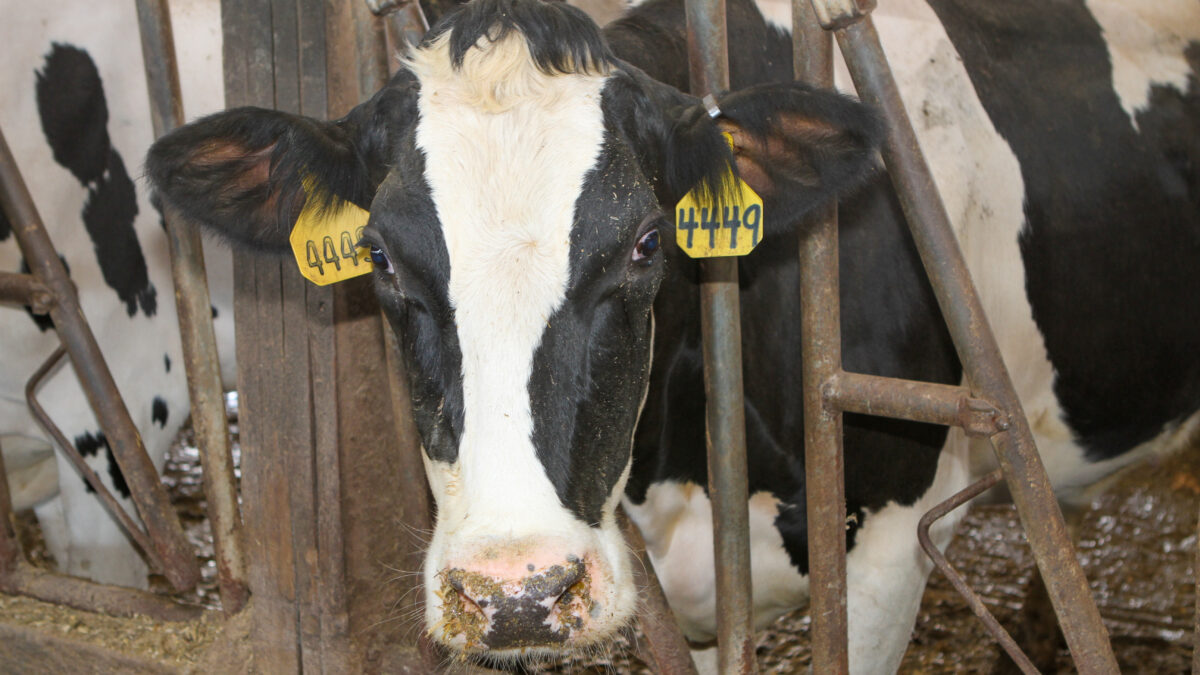Estimating Dairy Trade Aid Payments
TOPICS
Trade Assistance
photo credit: Alabama Farmers Federation, Used with Permission
John Newton, Ph.D.
Vice President of Public Policy and Economic Analysis
Due to the multi-year trade disruptions between the U.S. and China, U.S. dairy exports to the country fell by 13% in 2018, and through May of 2019 dairy exports are down 36% from prior-year levels. To assist farmers producing a variety of commodities, including dairy, the administration recently announced details of a second Market Facilitation Program, i.e., trade-related direct payments to producers, including county-level payment rates for field and cover crops as well as per-unit payment rates for specialty crops, hogs and dairy producers (USDA Announces Details Behind the New Trade Aid Package). Direct payment assistance to dairy farmers was announced at 20 cents per hundredweight, with total payments capped at $250,000 per farm operation or legal entity.
Payments to dairy farmers will be based on their Farm Service Agency milk production history – a component of the Dairy Margin Coverage program originally established in the 2014 farm bill (Reviewing Dairy Margin Coverage). Based on FSA DMC enrollment data, total production history in the U.S. represents 185 billion pounds of milk, which suggests that if all three tranches of trade aid payments are made, dairy farmers will receive approximately $351 million to $371 million in benefits – potentially more than double what they received in the first round of trade aid payments in 2018 (Trade Aid Round One: A State Perspective and Mapping $8.5 Billion in Trade Assistance). If all payments are made, the $351 million to $371 million in dairy-related payments will represent 2.4% to 2.6% of all 2019 market facilitation program payments; in 2018 dairy received 2.1% of all trade assistance dollars.
State-Level Trade Aid Payments
With nearly 39 billion pounds of DMC production history, California is estimated to be the top recipient of dairy trade aid payments at nearly $78 million. Following California is Wisconsin at nearly $50 million, Idaho at $27 million, and New York and Texas at nearly $21 million each. The top five states are estimated to receive $196 million in trade assistance, representing 53% of all dairy-related market facilitation program payments. Estimates show dairy farmers in the top 10 states will collect $270 million in total, which is 73% of all dairy trade aid payments. Figure 1 highlights state-level estimates of dairy-related Market Facilitation Program direct payments.

County-Level Trade Aid Payments
In order to estimate county-level dairy MFP payments, implied farm-level DMC production history data (based on 2015 production history scaled to 2018 levels) was multiplied against the payment rate of 20 cents per hundredweight, with total payments capped at $250,000 per operation.
Using this methodology, total dairy-related payments are estimated at the lower end of $351 million and reflect the restriction on trade aid payments exceeding $250,000 per farm operation. The limitation of $250,000 equates to a production history of 125 million pounds of milk or a 5,400-cow operation.
The top five counties for dairy-related trade aid payments are in California. At $22.8 million, dairy farmers in Tulare County, California, will receive the most money, followed by those in Merced County at $10.8 million, Kings County at $8.3 million, Kern County at $7.8 million and Stanislaus County at $7.1 million. Across the country, 68 counties are estimated to receive more than $1 million each in Market Facilitation Program payments – assuming all three tranches of payments are made. The top 100 counties combined are estimated to receive $216 million dollars, approximately 62% of total trade aid payments. Figure 2 maps estimated Market Facilitation Program payments by county for U.S. dairy producers based on the current level of established DMC production history.

Summary
While the value of dairy exports rose in 2018 and are 3% higher year-to-date through May 2019 than prior-year levels, dairy farmers have been negatively impacted by retaliatory tariffs through lower-valued dairy product exports. For example, while exports in 2018 were higher than 2017 levels, the average per-unit value of U.S. dairy exports fell by 6%. Retaliatory tariffs combined with the fallout from African Swine Fever (African Swine Fever in China Keeps Getting Worse) have magnified the negative impact of the trade disruption with China for U.S. dairy farmers. In 2018, dairy exports to China fell by 13%, and year-to-date dairy exports to China are down 36% from prior-year levels.
To assist dairy farmers through what has now become a two-year trade disruption with our largest trading partners -- Mexico, Canada, China and others -- USDA announced a second round of trade aid payments. For dairy farmers, the assistance comes in at 20 cents per hundredweight. Payments are based on the dairy farm’s production history and may not exceed $250,000 per operation or legal entity. It’s estimated that total payments to dairy farmers will be approximately $351 million to $371 million if all three tranches of payments are made. While USDA has not yet announced whether dairy, like non-specialty crops, will be subject to a payment rate of 50% of the announced payment rate for the first tranche, if payments of only 10 cents per hundredweight are made during the first tranche of payments, total payments for the first tranche are estimated at $182 million to $185 million.
To be eligible for trade assistance payments, dairy producers must have been in operation as of June 1 and must also comply with adjusted gross income limits and Highly Erodible Land and Wetland Conservation regulations. For more information visit www.farmers.gov.
Top Issues
VIEW ALL